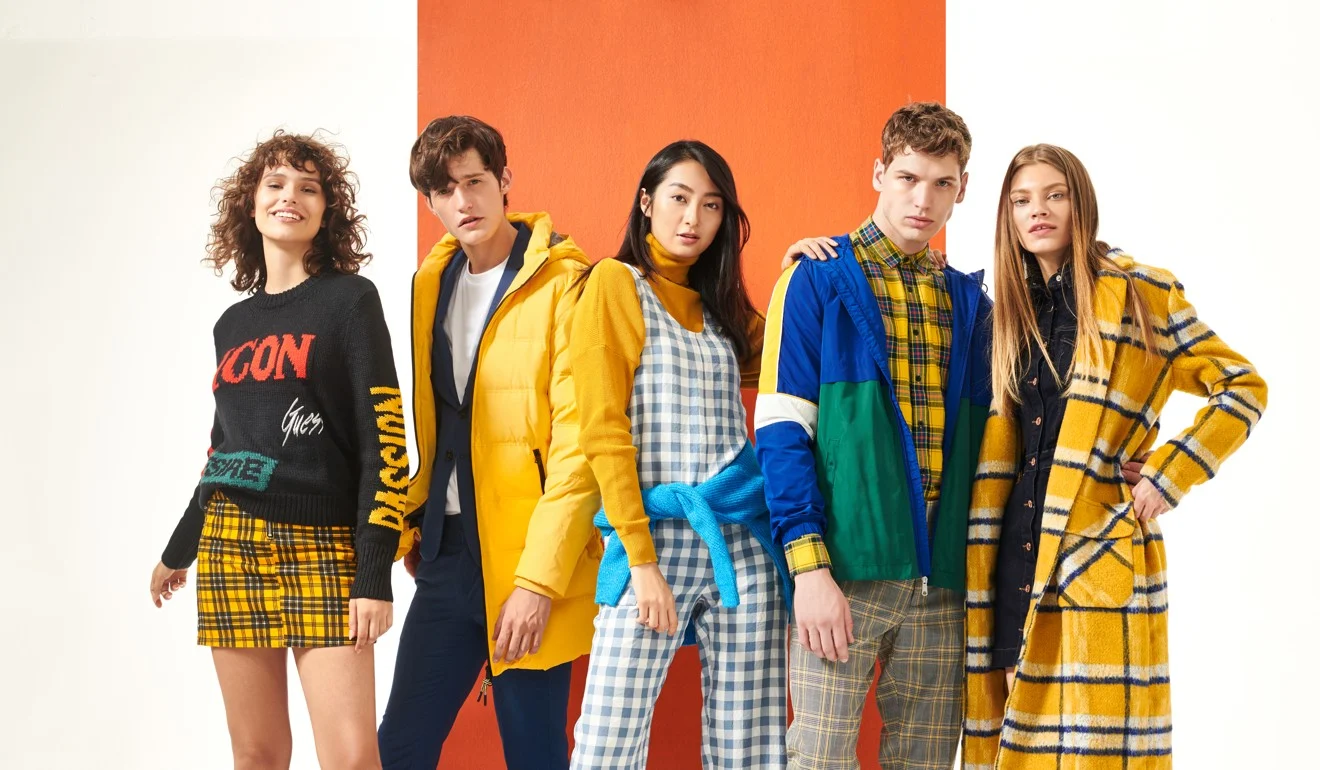As fashion trends have become a new norm, every wardrobe consists of multiple options. There’s the side that yells fast fashion, risky, affordable, and always evolving. Then there’s the other that prefers designer leisure, timeless, and rooted in traditional style, like farshi shalwar, which was seen worn by every woman. So, if you had to choose a side, which would you step into? Let’s break down why.
Fast Fashion: The Thrill of Trends and the Rush of the Cart
If you’ve ever caught yourself mindlessly browsing a clothing site at midnight, you understand the draw. Fast fashion is fun. One week it’s Barbie’s core pinks, and the next it’s subtle luxury in neutrals. You don’t have to overthink. It’s cheap, fashionable, and everywhere in malls, markets, online retailers, and even in Instagram DMs.
It’s great for women who enjoy switching it up or playing around with aesthetics. You are cottage core one month, streetwear the next month, and there is no harm in both. Buy the look, wear it twice, take the photo, and move on. That’s the fast fashion cycle, and how it works.
But the catch is here: though the initial cost is low, the long-term value rarely materializes. Fabrics become lightweight, stitching comes undone, and within two washes, it resembles a reject from the charity bin. You may have purchased it in a fit of temptation, but you’ll soon forget all about it.
Designer Casuals: Effortlessly Polished and Quietly Luxe
Designer casuals aren’t floor-length formal or wedding attire. Think well-fitted lawn sets, embroidered tunics, or airy co-ord sets in organic cotton that feel like butter on your skin. There’s just something about slipping into a designer casual piece that gets you together, no matter if you’re just getting coffee or going to your cousin’s house. The silhouettes are considered, the material is comfortable, and the color combinations are classic, not trend-following.
One of the trends picking up pace in the world of designer casuals?
Farshi shalwars, and not the thick bridal variety your khala sported in the 90s. We’re talking updated versions in soft cotton, dainty prints, and flowing silhouettes that make you queen-like without going overboard. Pair them with a straight kurta and understated khussas, and you have a look that is traditional and comfortable at the same time. A combination that doesn’t happen too often these days.
These items are wearable art. You can see there’s a story behind it, perhaps a hand-embroidered cuff or a neckline with a touch of retro Mughal style. Either way, there’s a sense of identity to them, something that mass-produced fast fashion won’t have.
Designer casuals don’t scream. They whisper confidence. You move differently in a perfectly stitched kurta or a well-boned dupatta. It molds to your body and personality not the other way around.
What Are Most Women Choosing?
Let’s face it: fast fashion still dominates the numbers game. It’s inexpensive, quick, and disposable. But quietly and steadily, something is changing. More women, particularly those in their mid-20s and older, are gravitating toward owning fewer, higher-quality pieces.
They’re making the transition from purchasing five fashionable tops to investing in two designer collections that they can wear in several ways. Capsule wardrobes are trendy. Versatility is appreciated. And gradually, individuals are coming to understand that refinement doesn’t require a logo; it requires intention. And in a world swimming in trends, there is some assurance of dressing minimally. You don’t have to cover yourself in logos or yell “new drop” every week in order to look fashionable. You just need clothes that feel like you.
Can You Combine the Two?
Yes, indeed, most women already do. A kurta-style designer outfit can be worn with a pair of trousers or pants. A high-street coat over a block-printed tunic can create the perfect East-meets-West look. It’s not about being faithful to one category, it’s about having an idea of when to spend and when to cut costs.
Purchase the low-cost bag and match it with the designer kurta. Pick up the dupatta that seems luxe and wear it with your go-to low-cost outfit. The smartest girls aren’t picking sides, they’re making their own mix.
Final Word: It’s Not a Trend, It’s a Mindset
Style is changing not only in material or cut, but in women’s attitude towards fashion. It’s no longer “what’s in” but “what’s worth it.” And most of the time, designer casuals are showing they are.
They’re built to last. Built to provide comfort. And above all, built to be you!
Keep an eye for more latest news & updates on Hoseasons!

